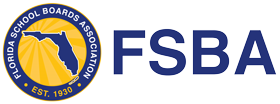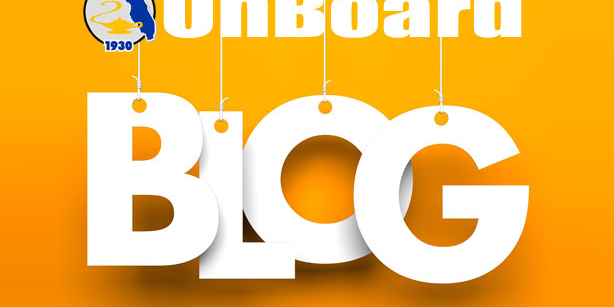Onboarding: Keeping Employees On Board
“Oh, you can wear your Gator shirt and jeans on Friday.” This is what I was told on my first Friday of a new job. It certainly wasn’t a big deal, but I would much rather have been in my jeans. I wish someone would have told me.
There’s a new term called “onboarding” which describes, among other things, office cultural training for new employees. It includes taking time to introduce them to not just your policies, rules and their job description, but also to other cultural expectations they may face.
Onboarding is a multifaceted operation influenced by a number of factors pertaining to both the individual newcomer and the organization. Researchers have separated these factors into three broad categories: new employee characteristics, new employee behaviors, and organizational efforts. New employee characteristics are individual differences across incoming workers, ranging from personality traits to previous work experiences. New employee behaviors refer to the specific actions carried out by newcomers as they take an active role in the socialization process. Finally, organizational efforts help facilitate the process of acclimating a new worker to an establishment through activities such as orientation or mentoring programs.
A study of 264 new employees published in the Academy of Management Journal found that the first 90 days of employment (often called the probationary period) is pivotal to building rapport with the company, management and coworkers. When support levels were high from the team and leaders, new hires often had more positive attitudes about their job and worked harder. When support and direction were not offered, the inverse occurred, leading to unhappy and unproductive employees who didn’t make it much further than four months.
A standardized onboarding program shows your new employees just how happy you are that they’re there. Gratitude, check-ins and making people feel as if their contributions matter are all great (free!) ways to ensure your new hires feel seen, heard and accountable.
Does your district have an “Onboarding Plan”? Does your board have a new board member orientation plan? If so, let us know. Share with us so we can “Get Onboard!”
For questions or more information, contact Tina Pinkoson







